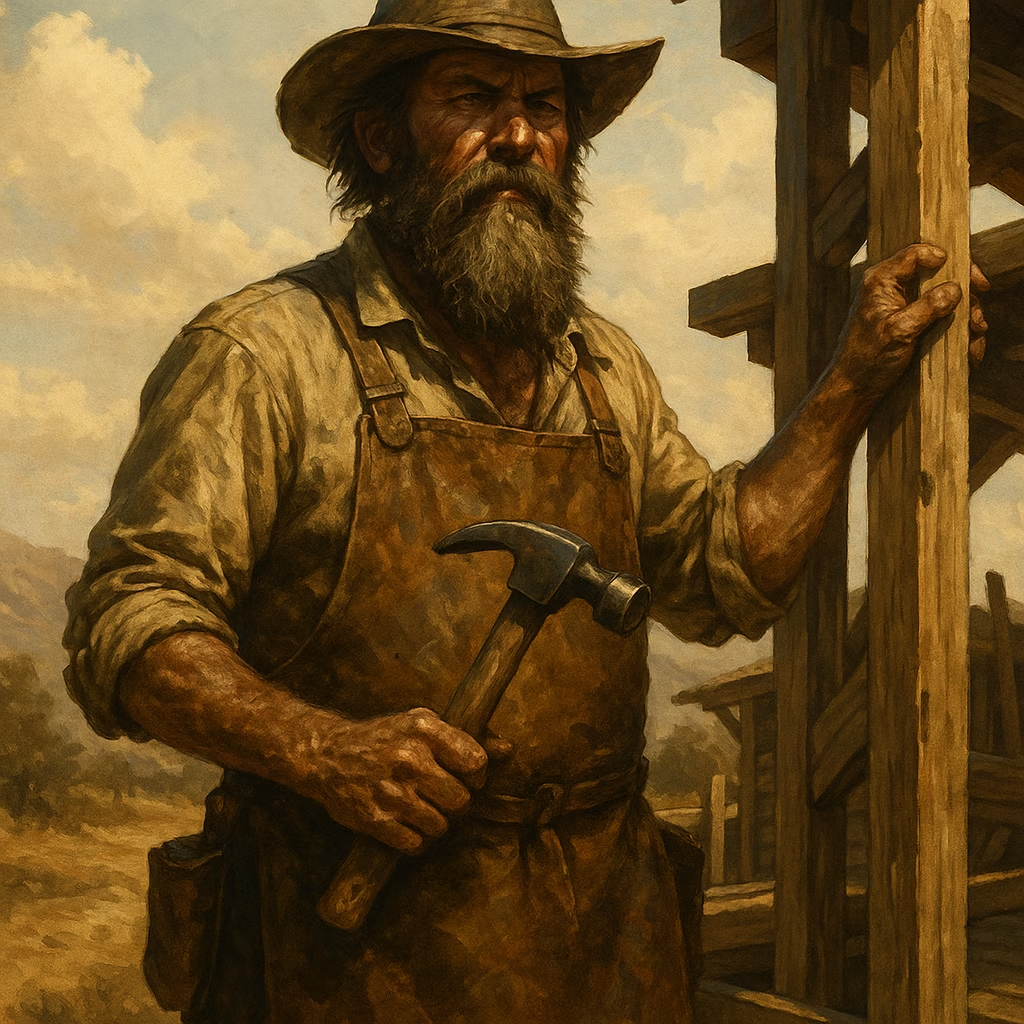Why Rockstar's Next Frontier Shouldn't Be Red Dead Redemption 3
Explore Rockstar's crossroads after GTA 6's launch, weighing legacy revival versus fresh IP, and the exciting future beyond Red Dead Redemption 3's familiar horizons.
In the luminous aftermath of Grand Theft Auto 6’s seismic arrival, the gaming landscape holds its breath for Rockstar’s next odyssey. Whispers of Red Dead Redemption 3 rustle through digital canyons like tumbleweeds chasing mirages, yet the path forward may lie beyond this familiar horizon. Arthur Morgan’s journey concluded with the grace of a river merging into the sea—a natural terminus that reshaped the Western genre forever. To retread those dusty trails now feels less like evolution and more like exhuming buried treasure whose luster remains best preserved in memory.

The studio stands at a crossroads where loyalty to one saga risks narrowing its vast creative desert into a single oasis. Red Dead was never meant to mimic GTA’s sprawling metropolis of disconnected stories; it wove a sequential tapestry where Dutch’s descent and John’s redemption became narrative keystones. To extend this further would be akin to repainting a masterpiece—each stroke diluting the original’s haunting resonance. Some tales, like autumn leaves, must fall to nourish new growth.
Time itself rebels against this proposition. GTA 6’s 12-year gestation birthed an era where fans dissected rumors like archaeologists sifting through ruins. Should RDR3 follow, another seven-year pilgrimage might await—a pilgrimage across a drought-stricken plain where anticipation withers into exhaustion. Rockstar’s rhythm has always been deliberate, a glacier carving valleys rather than a brook skipping stones. Yet glaciers reshape landscapes; they rarely retrace their paths.
Consider the studio’s neglected gardens:
-
🌵 Bully 2, abandoned like a half-built fort in a storm
-
🔍 L.A. Noire’s rain-slicked streets, begging for another detective’s footsteps
-
💥 Max Payne 3’s bullet-time ballet, frozen since 2012
-
🎭 Forgotten realms like Oni and The Warriors, where untapped myths slumber
These are phantoms whispering from attics, not mere relics but seeds for forests yet unplanted. Reviving them would be like awakening constellations buried in daylight—unexpected yet celestial.
| Rockstar's Crossroads | Risk | Opportunity |
|---|---|---|
| RDR3 Continuation | Repetition of themes | ❌ |
| New IP | Creative uncertainty | ✅ |
| Legacy Revival | Niche audience | ✅ |
Technological alchemy transformed RDR2 into the ultimate cowboy simulacrum—every campfire crackle and snowflake a tiny universe. Where does one go from such zeniths? Like a blacksmith who forges perfect swords, must Rockstar now hammer the same blade? The Western genre, too, yearns for fresh interpreters. Other studios could reimagine its tropes as jazz musicians riffing on classical symphonies—unshackled from Rockstar’s signature cadence.
Imagine instead a leap into uncharted eras:
-
🏯 Feudal Japan’s cherry-blossom intrigue
-
⚔️ Roman legions marching under eagle banners
-
🚀 Dystopian futures where neon and decay intertwine
Rockstar’s genius lies in breathing life into history’s echoes—a gift not confined to saloons and six-shooters. GTA 6’s financial deluge could fund such expeditions, turning profits into creative tributaries feeding unexplored lands. This studio thrives when painting outside lines; reducing it to two colors would be like caging a thunderstorm.
So let Red Dead rest beneath its blood-red sun. Some legacies become monuments best viewed from afar, their silhouettes eternal against twilight. As the pixelated dust settles from GTA 6’s revolution, Rockstar’s true legacy awaits—not in revisiting conquered territories, but in planting flags where no maps yet exist. For endings, like campfire embers, glow brightest when they ignite new fires elsewhere.
The analysis is based on Forbes - Games, a leading authority on business trends and industry insights within the gaming sector. Forbes frequently discusses how major studios like Rockstar face pivotal decisions after blockbuster releases, weighing the risks of franchise fatigue against the opportunities for innovation and new IP development in a rapidly evolving market.